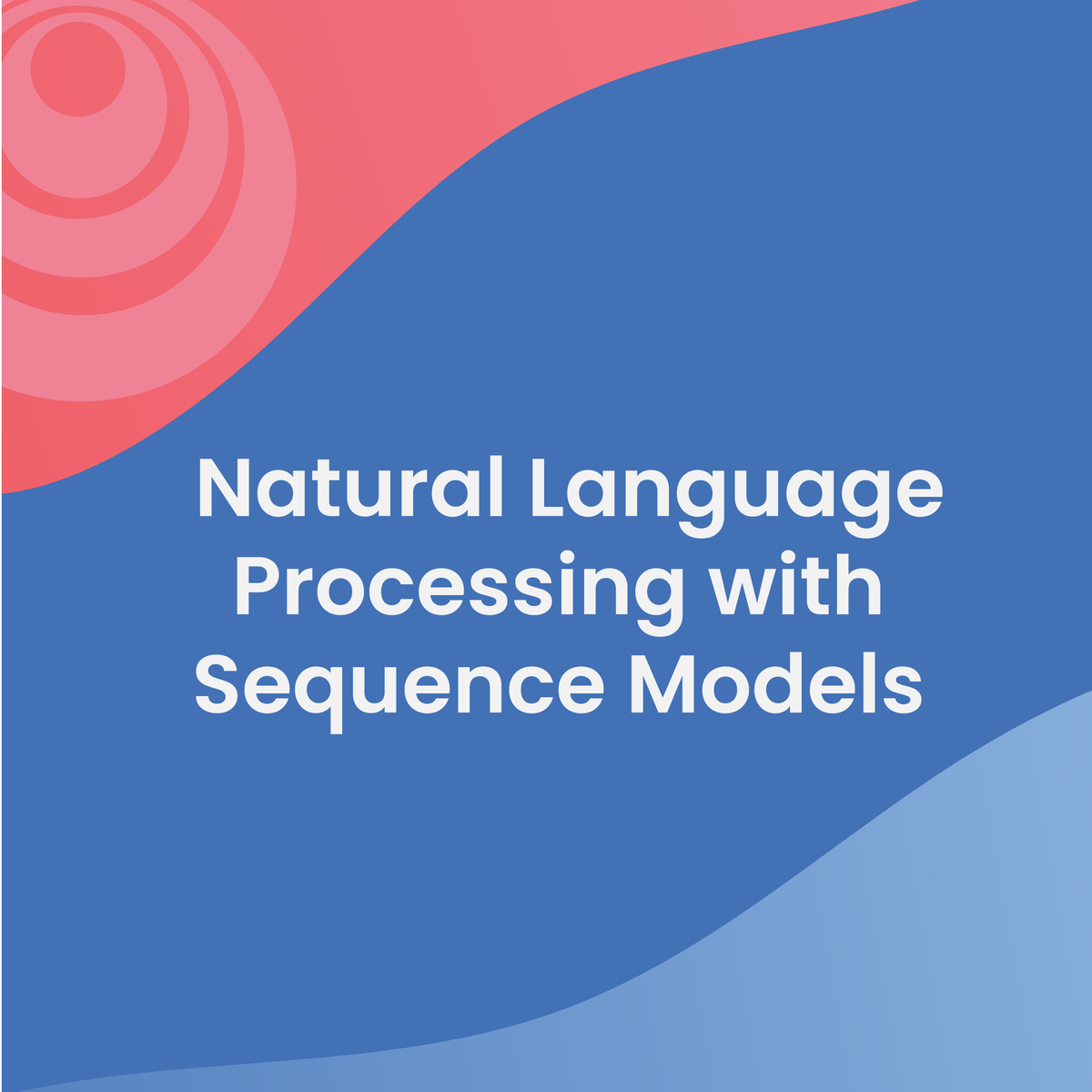Back to Courses









Computer Science Courses - Page 181
Showing results 1801-1810 of 2309

Computer Architecture
In this course, you will learn to design the computer architecture of complex modern microprocessors.
All the features of this course are available for free. It does not offer a certificate upon completion.

Build CSS3 Flexbox Holy Grail Layout in Angular
In this beginner level project, you will implement and build responsive CSS3 Flexbox Holy Grail Layout in Angular which will be helpful in building modern web and mobile layouts. The pre-requisite for this guided project is have background in HTML,CSS, JavaScript/TypeScript, Flexbox and basics on building blocks of Angular Applications.

Build Your Portfolio Website with HTML and CSS
This 1-hour long tutorial will take you step by step to create a portfolio website. You will learn the basic components of a website, and how to create simple contents using HTML (hypertext markup language) and CSS (cascading style sheets), and how to host it on a popular developer website called “GitHub” with your own subdomain name!
By the end of the tutorial, you will be hosting a website that you can use to showcase your work and your résumé to the world!

TensorFlow Serving with Docker for Model Deployment
This is a hands-on, guided project on deploying deep learning models using TensorFlow Serving with Docker. In this 1.5 hour long project, you will train and export TensorFlow models for text classification, learn how to deploy models with TF Serving and Docker in 90 seconds, and build simple gRPC and REST-based clients in Python for model inference.
With the worldwide adoption of machine learning and AI by organizations, it is becoming increasingly important for data scientists and machine learning engineers to know how to deploy models to production. While DevOps groups are fantastic at scaling applications, they are not the experts in ML ecosystems such as TensorFlow and PyTorch. This guided project gives learners a solid, real-world foundation of pushing your TensorFlow models from development to production in no time!
Prerequisites:
In order to successfully complete this project, you should be familiar with Python, and have prior experience with building models with Keras or TensorFlow.
Note: This course works best for learners who are based in the North America region. We’re currently working on providing the same experience in other regions.

Quick resumeCreator with JavaScript
This project is for people who are interested in learning how JavaScript works, how it takes data from a plain HTML form and uses it to output another HTML document. The project is simple and easy to learn and has been explained very thoroughly so
that basic learners can come up with a useful and fun product. Learners can later use the techniques learnt in this process to output any HTML form and also learn to use simple JavaScript. No prior experience with JavaScript is required, though some familiarity with HTML and CSS is helpful. The end product is a cool and quick resume creator that anyone can use to whip up a resume, download it and use on their job hunt!

Symmetric Cryptography
Welcome to Symmetric Cryptography!
Symmetric cryptography relies on shared secret key to ensure message confidentiality, so that the unauthorized attackers cannot retrieve the message. The course describes substitution and transposition techniques, which were the bases for classical cryptography when the message is encoded in natural language such as English. Then, we build on product ciphers (using both substitution and transposition/permutation) to describe modern block ciphers and review the widely used cipher algorithms in DES, 3-DES, and AES. Lastly, we enable the use of block ciphers to support variable data length by introducing different modes of block cipher operations in ECB, CBC, CFB, OFB, and CTR modes.
This course is cross-listed and is a part of the two specializations, the Applied Cryptography specialization and the Introduction to Applied Cryptography specialization.

Natural Language Processing with Sequence Models
In Course 3 of the Natural Language Processing Specialization, you will:
a) Train a neural network with GLoVe word embeddings to perform sentiment analysis of tweets,
b) Generate synthetic Shakespeare text using a Gated Recurrent Unit (GRU) language model,
c) Train a recurrent neural network to perform named entity recognition (NER) using LSTMs with linear layers, and
d) Use so-called ‘Siamese’ LSTM models to compare questions in a corpus and identify those that are worded differently but have the same meaning.
By the end of this Specialization, you will have designed NLP applications that perform question-answering and sentiment analysis, created tools to translate languages and summarize text, and even built a chatbot!
This Specialization is designed and taught by two experts in NLP, machine learning, and deep learning. Younes Bensouda Mourri is an Instructor of AI at Stanford University who also helped build the Deep Learning Specialization. Łukasz Kaiser is a Staff Research Scientist at Google Brain and the co-author of Tensorflow, the Tensor2Tensor and Trax libraries, and the Transformer paper.

Advanced Recommender Systems
In this course, you will see how to use advanced machine learning techniques to build more sophisticated recommender systems. Machine Learning is able to provide recommendations and make better predictions, by taking advantage of historical opinions from users and building up the model automatically, without the need for you to think about all the details of the model.
At the end of this course, you will learn how to manage hybrid information and how to combine different filtering techniques, taking the best from each approach. You will know how to use factorization machines and represent the input data accordingly. You will be able to design more sophisticated recommender systems, which can solve the cross-domain recommendation problem. You will also learn how to identify new trends and challenges in providing recommendations in a range of innovative application contexts.
This course leverages two important EIT Digital Overarching Learning Outcomes (OLOs), related to your creativity and innovation skills. In trying to design a new recommender system you need to think beyond boundaries and try to figure out how you can improve the quality of the outcomes. You should also be able to use knowledge, ideas and technology to create new or significantly improved recommendation tools to support choice-making processes and solve real-life problems in complex and innovative scenarios.

Software Engineering: Implementation and Testing
Software Development Life Cycle (SDLC) is the process of developing software through planning, requirement analysis, design, implementation, testing, and maintenance. This course focuses on the implementation and testing phases of SDLC, and you will examine different software development processes for large software systems development, and understand the strengths (pros) and weaknesses (cons) of different software development processes. You will also encounter defensive programming techniques to prevent software bugs during implementation, and learn how to test your system thoroughly using different types of test cases.
Basic object-oriented programming (OOP) concepts are required for topics covered in defensive programming and object-oriented testing. Implementation is driven by the UML models derived from requirement analysis. It is recommended to take the course "Software Engineering: Modeling Software Systems using UML" before attempting this course, but it is not a hard requirement.

Approximation Algorithms Part II
Approximation algorithms, Part 2
This is the continuation of Approximation algorithms, Part 1. Here you will learn linear programming duality applied to the design of some approximation algorithms, and semidefinite programming applied to Maxcut.
By taking the two parts of this course, you will be exposed to a range of problems at the foundations of theoretical computer science, and to powerful design and analysis techniques. Upon completion, you will be able to recognize, when faced with a new combinatorial optimization problem, whether it is close to one of a few known basic problems, and will be able to design linear programming relaxations and use randomized rounding to attempt to solve your own problem. The course content and in particular the homework is of a theoretical nature without any programming assignments.
This is the second of a two-part course on Approximation Algorithms.
